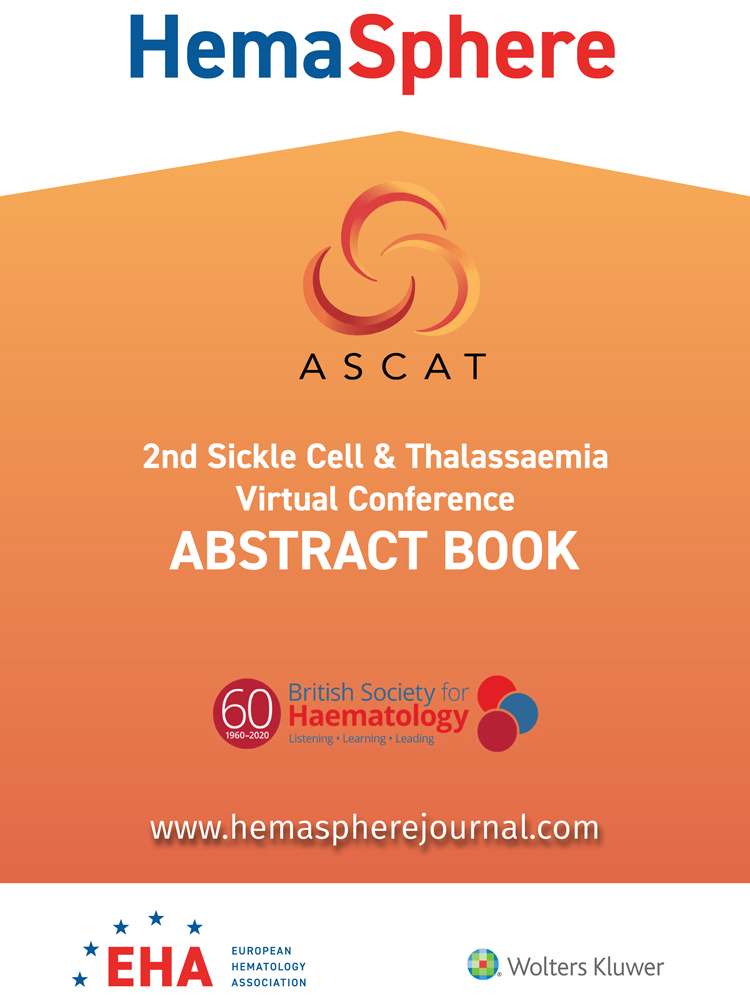P124: EFFICACY OF NON-PHARMACOLOGICAL INTERVENTIONS TO REDUCE PAIN IN CHILDREN WITH SICKLE CELL DISEASE: A SYSTEMATIC REVIEW
Background: Pain is the clinical hallmark of sickle cell disease (SCD) and leads to frequent emergency department visits, psychological sequelae and a decreased health-related quality of life. Although pharmacological treatments to target and prevent pain are evolving, children still experience frequent pain. Although pharmacological treatments are effective, they are accompanied by side effects. Therefore, complementary non-pharmacological pain strategies are needed. The literature on this topic is heterogeneous and we urgently require an evaluation of the evidence supporting efficacy of non-pharmacological interventions in reducing the frequency and intensity of sickle cell related pain in children with SCD.
Aims: The aim of this systematic review is to evaluate the evidence on the efficacy of non-pharmacological interventions in reducing the frequency and intensity of sickle cell related pain in children with SCD.
Methods: We performed a literature search through October 2021 using the terms ‘sickle cell’, ‘pain’, ‘psychotherapy’, ‘analgesic’, and ‘health service’. We included randomized controlled trials and quasi-experimental studies that investigated the efficacy of non-pharmacological interventions on (1) pain frequency and intensity, and (2) analgesic and health service use in children with SCD.
Results: Eleven articles including 441 participants were included. Nine studies performed in the outpatient clinic investigated the efficacy of cognitive behavioral therapy, biofeedback, and massage. Two studies performed during hospital admission included virtual reality and yoga. Five studies reported significant reductions in the frequency and/or intensity of pain. One study reported a significantly reduced analgesic use. The remaining six studies did not report a reduction in pain related outcomes.
Conclusion: The evidence for non-pharmacological interventions to reduce pain in children with SCD seems promising, but due to heterogeneity of the included/published studies no firm conclusions can be drawn. To target SCD related pain in children, a multidisciplinary approach focusing on the physical, psychological and social aspects seems most appropriate, but the clinical implementation of non-pharmacological interventions first needs further exploration.
References
1. Brandow et al, Blood advances 2020; 4:12.
2. Williams et al, Journal of Pain and Symptom Management 2016; 51:2.
3. Anie et al, The Cochrane database of systematic reviews 2015; 5:5.




